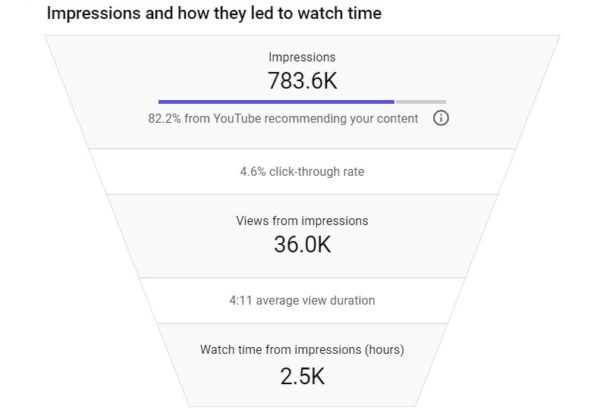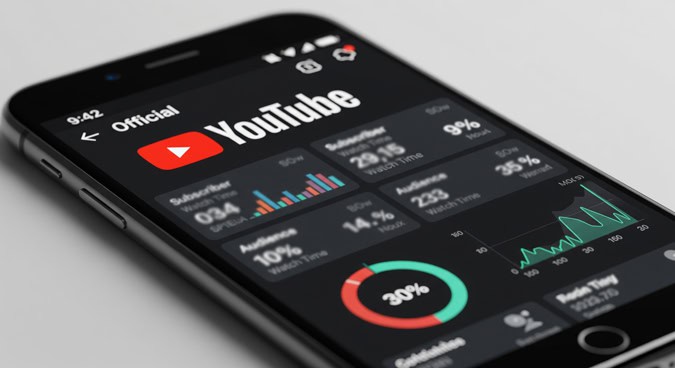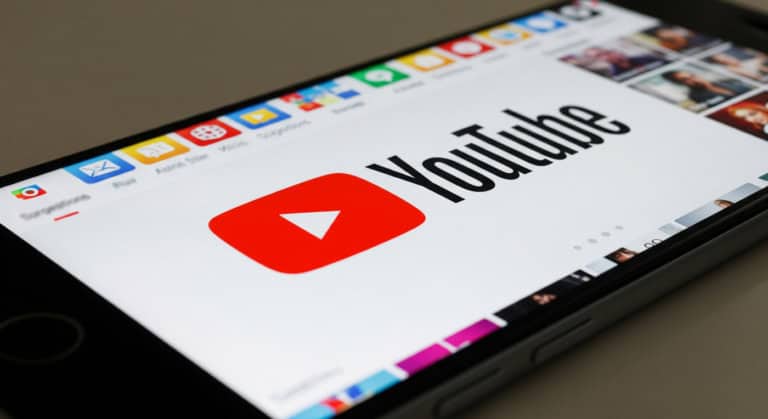
With few exceptions, videos outperform other content types in paid social campaigns. This realization was the impetus behind our decision to combine an ad agency and production house into 3rd + Lamar.
As videos become the foundation of brands’ content plans, it’s imperative that companies understand how to measure success. This is less about how to gauge the performance of specific videos and more about how to evaluate your holistic efforts around video content.
With that in mind, here are the metrics we track to determine the efficacy of a video strategy.
Video vs. Non-Video Data
For companies who have run paid social campaigns without videos, look at metrics before versus after the videos launch.
Assuming the campaign objectives are the same and there are no other meaningful variables between the campaigns, it’s worthwhile to see if there are fluctuations in performance that can be attributed to the new ad format. Metrics we follow are:
- CPE: Videos usually drive more clicks, likes, comments, and shares than other ad formats.
- CPM: Campaigns with the most engaging creative are delivered to audiences most efficiently.
- CTR: The best-performing ad creative typically generates the most clicks per impression.
- CVR: The more persuasive the ad, the higher the purchase intent, and the better the conv. rate.
Add UTM parameters to your video campaigns, and then you can track user behavior on your site in Google Analytics. Perhaps the users from these campaigns remain on your site longer, have a lower bounce rate, and convert better than users from non-video campaigns.
Before you draw any conclusions, give the video campaigns sufficient time to run. At lower spend levels, there can be a lot of noise and variance.
Historical Trends
Beyond the ad campaigns themselves, review other metrics and note when the video campaigns began. Rather than focus on absolute metrics, track changes in the data that coincide with the videos launching.
- Are you seeing significant growth in social media followers?
- Is referral traffic from social networks increasing?
- Are organic social media impressions growing?
- Is social media accounting for a larger percentage of leads or purchases?
- Are you seeing growth in non-paid traffic, especially from direct and organic sources?
Again, be cognizant of seasonality in your business, sales/promotions, and any other variables that could explain changes in performance.

Video Halo Effects
Evaluating video campaigns with tunnel vision is counterproductive. In other words, if you isolate the impact of video ads to their CAC or ROAS, you may overlook the overall value that the videos contribute.
For instance, common user behavior is to see a video ad on mobile and then visit a site on desktop.^ This behavior often breaks tracking (particularly with recent iOS 14 changes), so conversions may not be tied to the ad campaign with the video. In this scenario, the lift (or spillover effect) that the video provides is not accounted for in the campaign metrics.
But the same thing can occur with non-video campaigns!
True, but videos lend themselves to this type of user behavior in ways that static ads do not. The opportunity to tell stories, stir emotions, grab attention, and provoke actions are magnified with videos compared to other ad types. These elements all help improve brand recall, too. (Another benefit of videos? They often get more organic reach as social platforms favor content that leads to users spending more time on their networks.)
Lastly, if you’re running video campaigns on paid social alongside paid search or display remarketing ads, measure your blended CAC and blended ROAS to understand the value of the videos. The video campaigns alone may not achieve your CAC or ROAS goals – particularly if they’re targeting upper funnel audiences – but combined with your other efforts, the overall performance may hit your targets.
What we often see is aggregate CAC and ROAS lower (and leads and purchases higher) with video ads running side-by-side with other campaigns compared to prior performance without videos.
^If you’re curious how often this behavior occurs, look at the correlation between mobile ad impressions and direct traffic to your site from new users via desktop devices.

Google Search Console & Google Trends
Google Search Console (GSC) and Google Trends are free tools that you can use to better understand your site’s search performance and how much interest your brand garners on search relative to competitors.
It’s helpful to look at GSC in the period after your video ads run to see if there’s a noticeable change in impressions and clicks. An uptick in branded search queries will increase your impressions. Also, you can look at your CTR to see how many of those impressions result in clicks to your site. The assumption is:
- Videos lead to more visibility, better brand recall, and higher search intent.
- Growth in brand recall leads to more branded search impressions.
- More search intent leads to more clicks to your site.
Google Trends will show the relative search volume for any query across various geographies, languages, and date ranges. You can enter the name of your brand to track the relative search volume over time, and you can measure your brand’s relative search volume compared to your competitors.
Any number of factors can cause your brand’s relative search volume to vary, so be careful not to give too much credit to your videos if there’s an increase in this metric, especially if your ad spend is small.

Other Info To Improve Your Video Strategy
Here are a few other options to consider as you assess the effectiveness of your video strategy and look for optimizations:.
- Post-purchase surveys: If your company collects qualitative feedback from customers through post-purchase surveys, see if there’s any difference between the results from the period before versus after you launch your video ads.
- Video rollout: If you have a variety of video ads (different lengths, styles, etc.), stagger the rollout of each video to understand their impact without muddying the waters. If you flip the switch on all of the videos simultaneously, it can be difficult to ascertain which videos are causing the most incremental benefit.*
Another advantage to this approach is that it will ensure more equitable ad delivery. Normally, ad platforms will deliver the bulk of impressions to a few ads. So by introducing fewer ads at a time, you make sure that each video gets enough breathing room, so to speak.
What do others think? Databox spoke to 20+ marketers about the performance of videos vs. image ads on Facebook. See what they had to say.
*This is less of a problem with sequential video ads on YouTube.
Need help with your ad campaigns? Contact us at [email protected].



